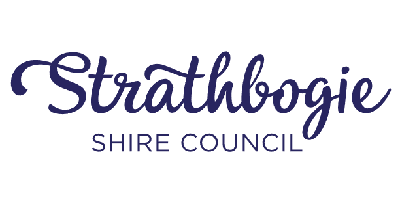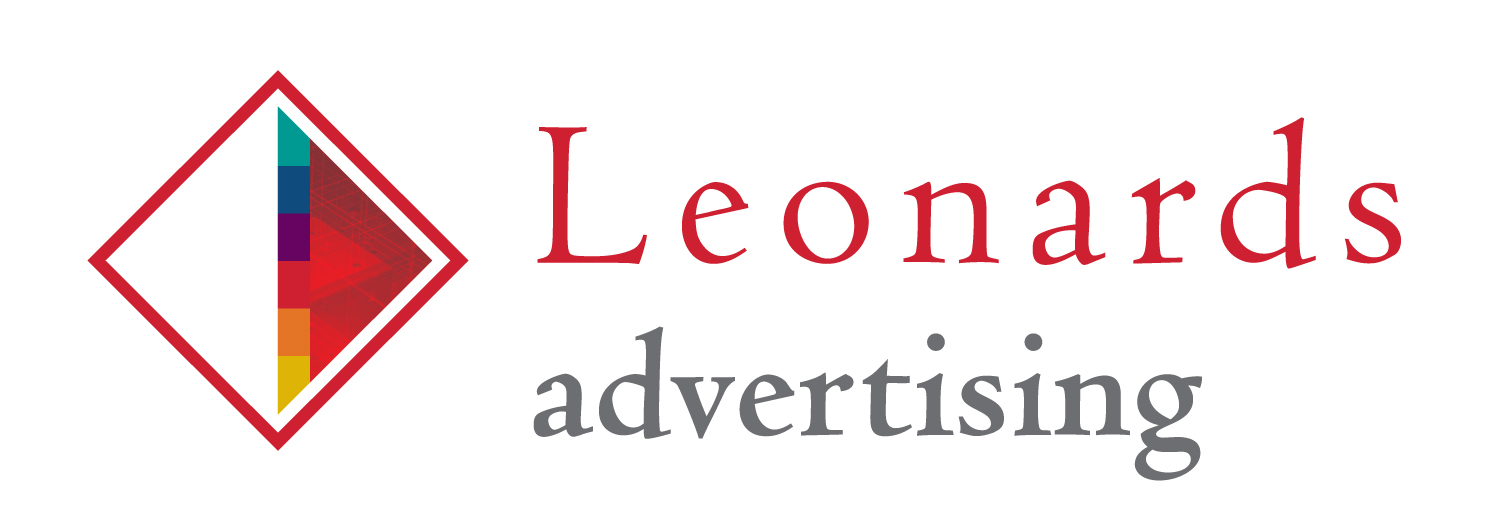Air Intelligence Analyst - Geospatial Intelligence
Vacancy has expired
National (National) Defence Jobs
| Employer: | Defence Jobs |
| Job Type: | Full Time |
| Salary and Benefits: | To Be Advised |
| Post Date: | 01/01/2019 00:00 |
|
A unique and exciting opportunity to work in a highly classified environment providing intelligence support for this large Australian organisation. Job DetailsOther Ranks (Non Technical)Air Intelligence Analyst (AIA) Mustering, Geospatial Intelligence (GEOINT) Analyst streamed personnel (previously called Geospatial Imagery Intelligence Analyst) are employed to support Air Force aerial reconnaissance and strike capability and produce intelligence products from imagery and geospatial information in support of a wide range of ADF operations. AIA (GEOINT) personnel work in both Air Force and joint ADF environments. As a major component of Defence's imagery exploitation capability, the AIA Mustering GEOINT capability contributes to the overall intelligence capability. As an AIA (GEOINT), you will initially be required to correlate imagery with cartographic data, conduct analysis of imagery, produce imagery based reports, provide support to flying operations (both manned and unmanned) and manage imagery and map storage retrieval systems. You will consolidate your skills in the exploitation of imagery from a variety of sensors from both deployed and reach-back sites. As these skills develop, you will be required to perform increasingly complex analysis of imagery and geospatial material. Advances in digital imagery and geospatial products require you to have a high standard of computer skills; you will be taught the use of sophisticated Digital Imagery Work Stations and advanced software packages. AIA (GEOINT) personnel will use these skills and their broader research and analysis skills to produce high quality graphic and textual reports concerning military, industrial and geographic features portrayed on imagery. AIA (GEOINT) personnel are employed at No 87 (Intelligence) Squadron at Adelaide and the various 87SQN Tactical Intelligence Flights (TIFs) across Australia (including Amberley, Williamtown, Richmond, Tindal and Edinburgh). They are also employed at No 460 Squadron embedded within the Defence Imagery and Geospatial Organisation (DIGO) and at the Joint Operations Centre (JOC) in Canberra. Experienced AIA (GEOINT) personnel are also employed at the Defence Intelligence Training Centre (DIntTC) in Canungra. Overseas deployment opportunities also exist. AIA (GEOINT) personnel perform a variety of duties associated with the collection, analysis, and dissemination of geospatial information and imagery intelligence. Typically, these duties might involve any of the following:
Employment conditions vary from non-deployed to deployed environments but typically, the majority of the AIA (GEOINT) duties are performed in air-conditioned offices or transportable cabins. Working in a 'windowless' environment is common. Most work occurs using office equipment such as Digital Imagery Work Stations for viewing imagery, computer terminals, scanners and printers. Teamwork is essential. Shiftwork and odd hours occur during major exercises or extended operations. Personnel supporting flying operations may deploy to remote locations at short notice. All members of the AIA Mustering (GEOINT) stream should expect temporary duties to any location for exercises, specialist training courses or to reinforce other units on deployment. AIA (GEOINT) personnel work in highly sensitive security environments and are unable to discuss work matters outside of the work place. The applicant will undergo security vetting and psychological assessments that will be intrusive to them and their immediate family. Notes: (1) AIA (GEOINT) personnel are required to gain and maintain a Top Secret Positive Vetted (TS (PV)) security clearance to carry out their duties. Prior to this vetting process commencing, AIA (GEOINT) candidates will undergo a security Psychology Assessment (PA) which is normally conducted after graduation from recruit training at No 1 Recruit Training Unit (1RTU). The PA is administered to determine your suitability for progressing to the TS (PV) security clearance process. Consequently, you should advise Defence Force Recruiting staff of your second and third preference for Air Force employment should you unsuccessfully attempt the PA, as it will preclude you from gaining a TS (PV) security clearance. (2) After graduation from 1 RTU and because of the delays associated with the processing of TS (PV) security clearances and the need to be cleared before you commence Initial Employment Training, you will be posted to a holding unit. This will enable you to gain experience as an Aircraftman / Aircraftwoman and be employed across a range of general duties while awaiting your clearance and Initial Employment Training. Upon completion of Initial Employment Training, you will commence employment in the AIA (GEOINT) mustering as an Aircraftman / Aircraftwoman AIA (GEOINT). IMPORTANT INFORMATION Air Force’s Intelligence workforce has been reformed due to the diversification over recent years in support of a growing Intelligence Surveillance and Reconnaissance (ISR) capability. Remotely Piloted Vehicles and other ISR assets has resulted in an increased demand for qualified Air Intelligence Analysts. The AIA mustering offers greater job diversification for all personnel than the legacy Geospatial-Imagery Analyst, Signals Operator (Linguist) and Signals Operator (Technical) Musterings. AIA utilises your analytical skills as a key member of broader Intelligence teams. As an AIA you can expect to be a key contributor to the operational support of Air Force assets, this will include deployments as part of a Multi-Intelligence workforce. Most AIAs can expect to be qualified and capable of deployed operations within two years of graduation. | |

















